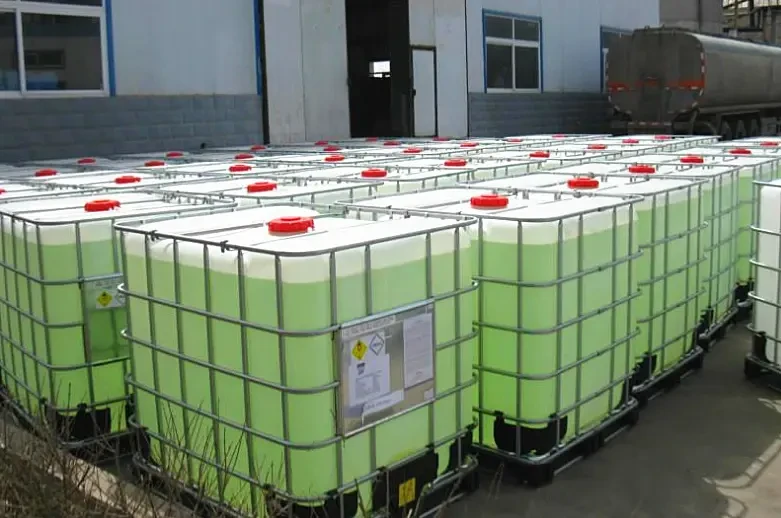Chemical Technology in Water Treatment Ensuring Clean and Safe Water
Water is an essential resource for life, yet its availability and quality can be compromised by various contaminants. As the global population continues to grow, the demand for clean and safe water has intensified. In response, chemical technology plays a pivotal role in developing effective water treatment processes. This article explores the various chemical methods employed in water treatment, their importance, and their benefits in ensuring public health and environmental sustainability.
Understanding Water Contamination
Water contamination occurs when harmful substances, such as chemicals, pathogens, and heavy metals, enter water bodies, rendering them unsuitable for human consumption and harming aquatic ecosystems. Sources of these contaminants can range from industrial discharge and agricultural runoff to urban wastewater. To address these issues, municipalities and industries have turned to advanced water treatment technologies to purify water and make it safe for use.
Chemical Water Treatment Methods
Chemical treatment methods involve the use of chemical agents to remove contaminants from water. The following are some commonly used techniques
1. Coagulation and Flocculation This process involves the addition of coagulants, such as aluminum sulfate or ferric chloride, to water. These chemicals cause small particles to clump together (coagulation), forming larger clusters called flocs. The flocs can then be removed through sedimentation or filtration, significantly reducing turbidity and removing suspended solids.
2. Disinfection To eliminate pathogens and ensure microbiological safety, disinfection is critical. Chlorination is one of the most widely used methods, where chlorine or chlorine compounds are added to water. Other options include ozone treatment and ultraviolet (UV) radiation. Each method has its advantages, with UV treatment being particularly effective against a broad spectrum of microorganisms without producing harmful byproducts.
3. Advanced Oxidation Processes (AOPs) AOPs employ powerful oxidants, such as hydrogen peroxide or ozone, combined with ultraviolet light or catalysts, to break down complex organic pollutants into less harmful substances. This method is particularly effective for treating industrial wastewater containing toxic compounds.
4. Ion Exchange This technique is particularly useful for removing heavy metals and hardness from water. Ion exchange resins replace undesirable ions in the water with more benign ones. For instance, in water softening, calcium and magnesium ions are exchanged for sodium ions, reducing scale formation in pipes and appliances.
chem tech water treatment

5. Chemical Precipitation This method involves adding chemicals to form a solid precipitate that can be easily removed from wastewater. For example, the addition of lime can lead to the precipitation of heavy metals, making it easier to filter them out.
The Importance of Chemical Water Treatment
The implementation of chemical water treatment technologies is vital for several reasons
- Public Health Contaminated water can lead to a variety of health issues, including waterborne diseases. Effective treatment ensures that safe drinking water is available to communities, thus protecting public health.
- Environmental Protection By treating wastewater before it is discharged into natural water bodies, we can minimize the impact on aquatic ecosystems. Proper treatment helps to maintain biodiversity and the health of our planet’s water resources.
- Resource Recovery Modern chemical treatment methods not only focus on removing contaminants but also allow for the recovery of valuable resources. For instance, certain processes can recover nutrients like phosphorus, which can be reused in fertilizers.
- Regulatory Compliance Many countries have strict regulations governing water quality. Adequate chemical treatment ensures that water suppliers comply with these regulations, providing safe water for human use and protecting natural resources.
Conclusion
In conclusion, the role of chemical technology in water treatment is indispensable in our quest for safe and clean water. By utilizing a variety of chemical methods, we can effectively address water contamination, protect public health, and safeguard the environment. As water scarcity and pollution remain pressing global challenges, continued research and innovation in chemical water treatment technologies will be crucial for sustainable water management and ensuring a safe water supply for future generations.

